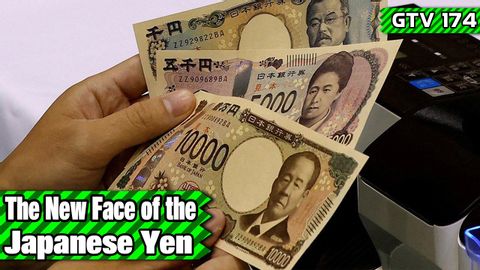睽違20年,日本新鈔 7/3 正式上路! (On July 3rd 2024, the Japanese Yen Gets a Major Facelift! Learn About the New Series F Banknotes!!)
神谷菜々子 發佈於 2024 年 07 月 03 日  沒有此條件下的單字
沒有此條件下的單字US /ˈenʃənt/
・
UK /'eɪnʃənt/
US /ˈθɛrəpi/
・
UK /'θerəpɪ/
US /ˈpriviəs/
・
UK /ˈpri:viəs/
- adj.先前的;以往的;前一個的
- n.上一個
- adv.先前地
US /kənˈtrɪbjut/
・
UK /kən'trɪbju:t/
- v.t./i.導致;歸因於;捐贈;貢獻;投稿文章至報章雜誌
